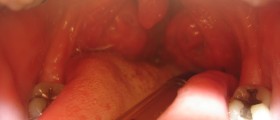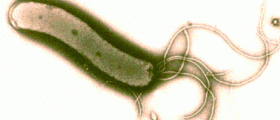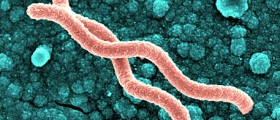
About dyspepsia
Dyspepsia is a term used for a number of symptoms that arise from one or more problems occurring in the upper gastrointestinal tract. Gastrointestinal tract starts at the mouth and ends at the anus. Upper gastrointestinal tract includes esophagus, stomach and duodenum.
The main, or at least the most common symptom of dyspepsia, is the pain or discomfort in the upper abdomen. The pain can range from mild to intense. Other symptoms may include heartburn or acid reflux, nausea, vomiting, feeling of fullness, bloating and belching. The symptoms are often related to eating and usually start soon after meals.
Dyspepsia often comes in bouts. This means that the symptoms start after meals and last for some time before going away. For some people dyspepsia only occurs after heavy or spicy meals or simply after eating too much. There are others, though, who suffer from dyspepsia more frequently and for whom this poses a much more serious and frustrating problem.
The treatment for dyspepsia depends largely on its underlying cause.
Causes of dyspepsia
As it is mentioned above, dyspepsia can simply be caused by heavy, greasy or spicy food. However, dyspepsia can have more serious causes that require medical evaluation and treatment.
Non-ulcer dyspepsia or functional dyspepsia is the kind of dyspepsia that does not have a known cause. The digestive tract looks normal on endoscopy and other diagnostic tests but the symptoms are occasionally present and recurring. Some experts believe that this kind of dyspepsia, which is the most common kind, has something to do with H. pylori bacterium.
Duodenal and gastric or stomach ulcers are potential causes of dyspepsia. Ulcers are lesions on the lining of the organs that expose the underlying tissue and look like small red craters. Inflammations of the lining of duodenum or stomach, called duodenitis and gastritis respectively, can cause both the dyspepsia and the ulcers.
Acid reflux and GERD or gastroesophageal reflux disease are also possible causes of dyspepsia. These problems occur when the round muscle that opens and closes to let the food into the stomach from the esophagus become weak and loose and do not hold the gastric juices inside the stomach, allowing them to come up into the esophagus.
Hiatus hernia is a condition in which the upper part of the stomach pushes against the chest, causing deformation of the diaphragm. It can cause dyspepsia and GERD as well.
Finally, many medications are known for causing dyspepsia, especially anti-inflammatory drugs. Some drugs list dyspepsia as a side effect but others simply irritate and damage the lining of the organs.

















Your thoughts on this
Loading...